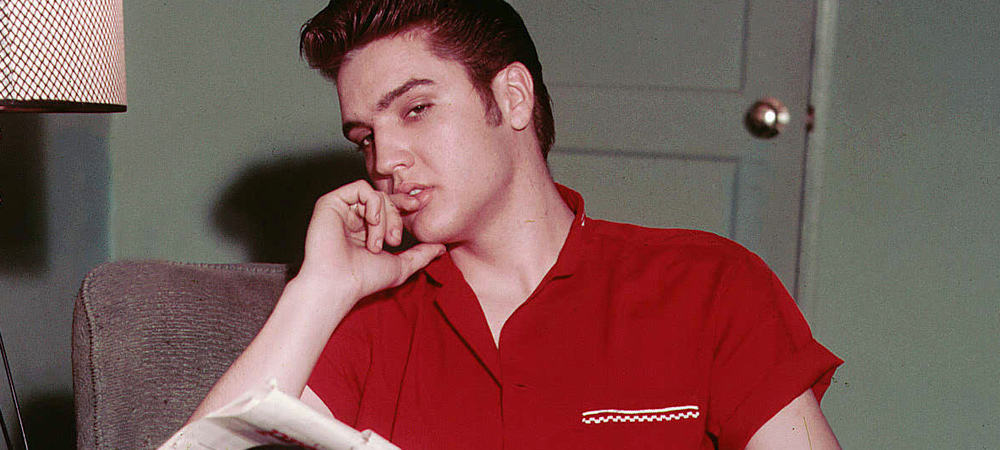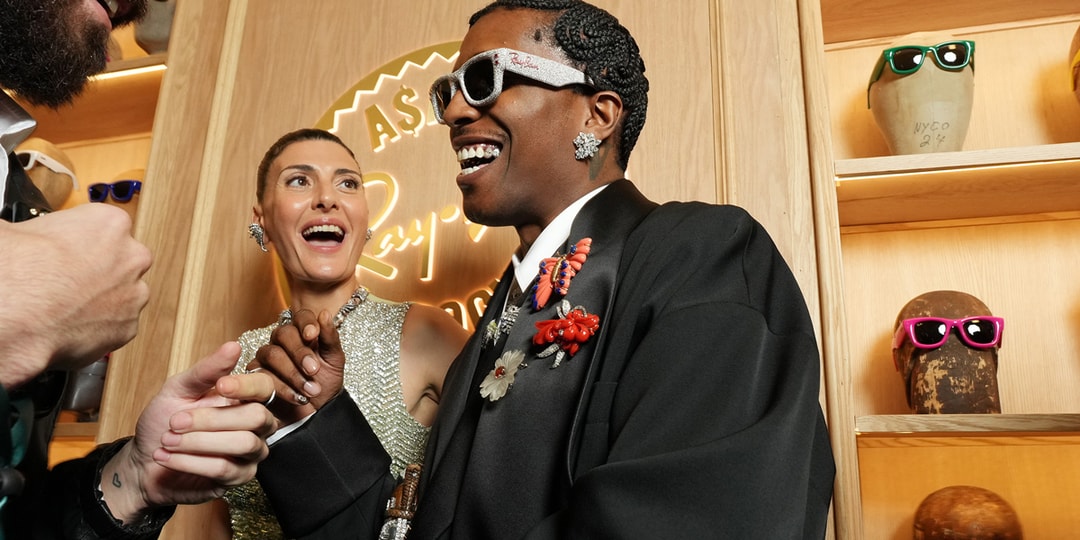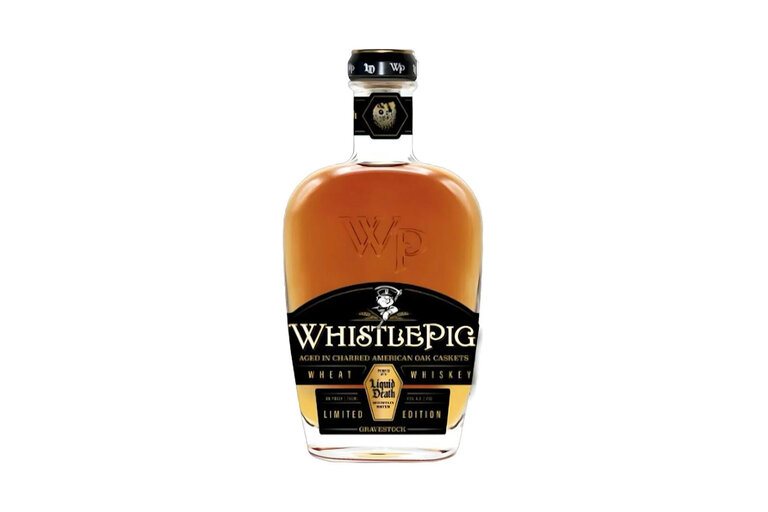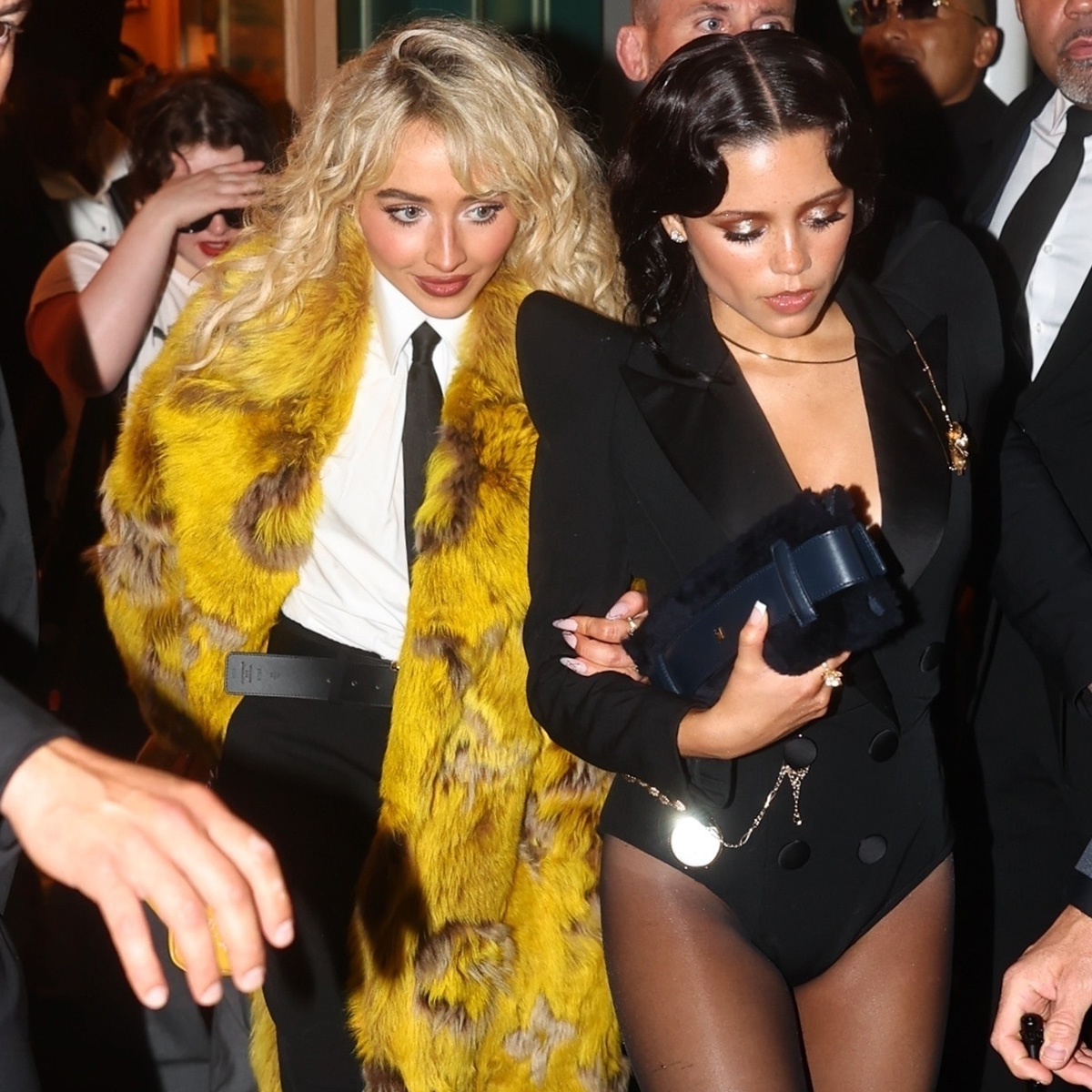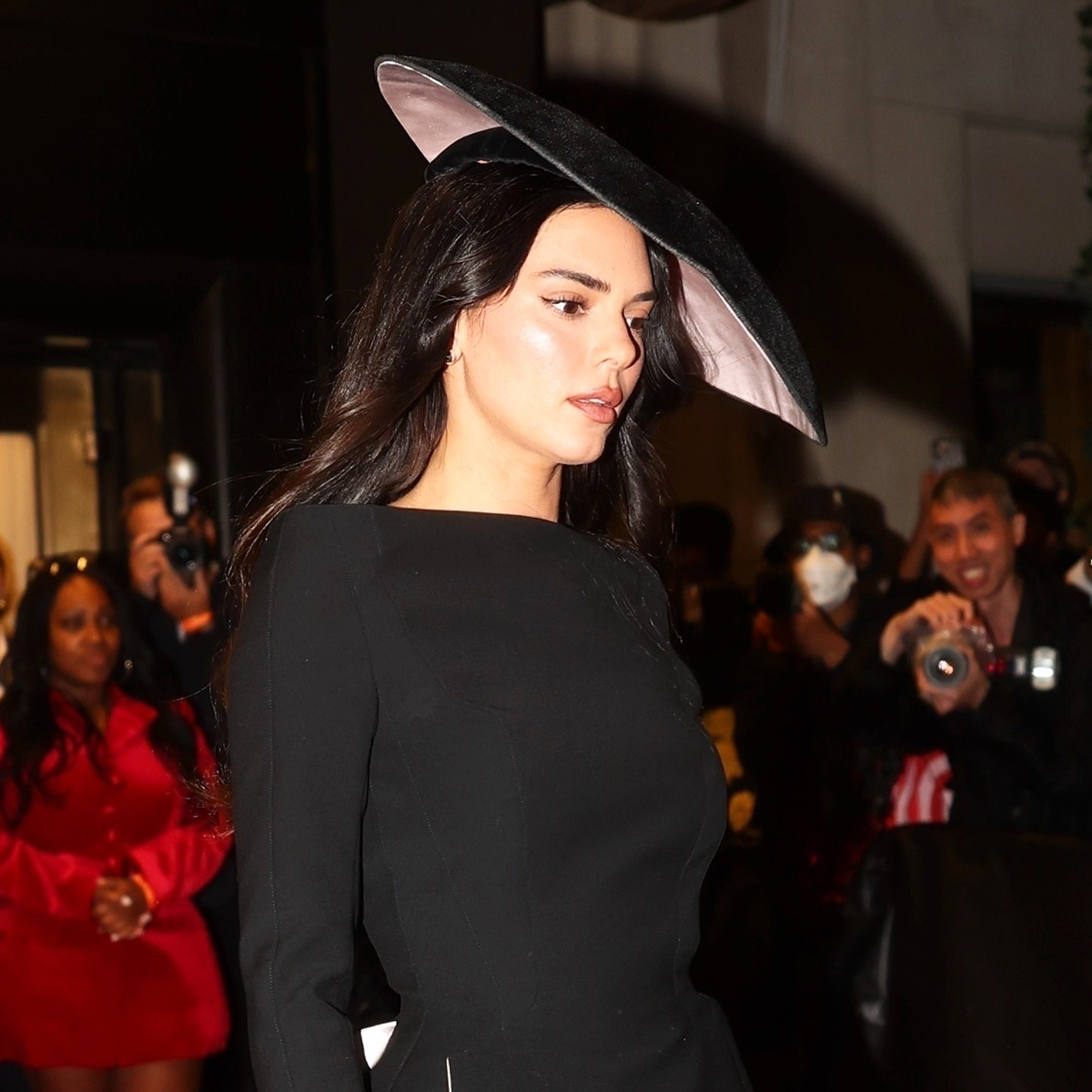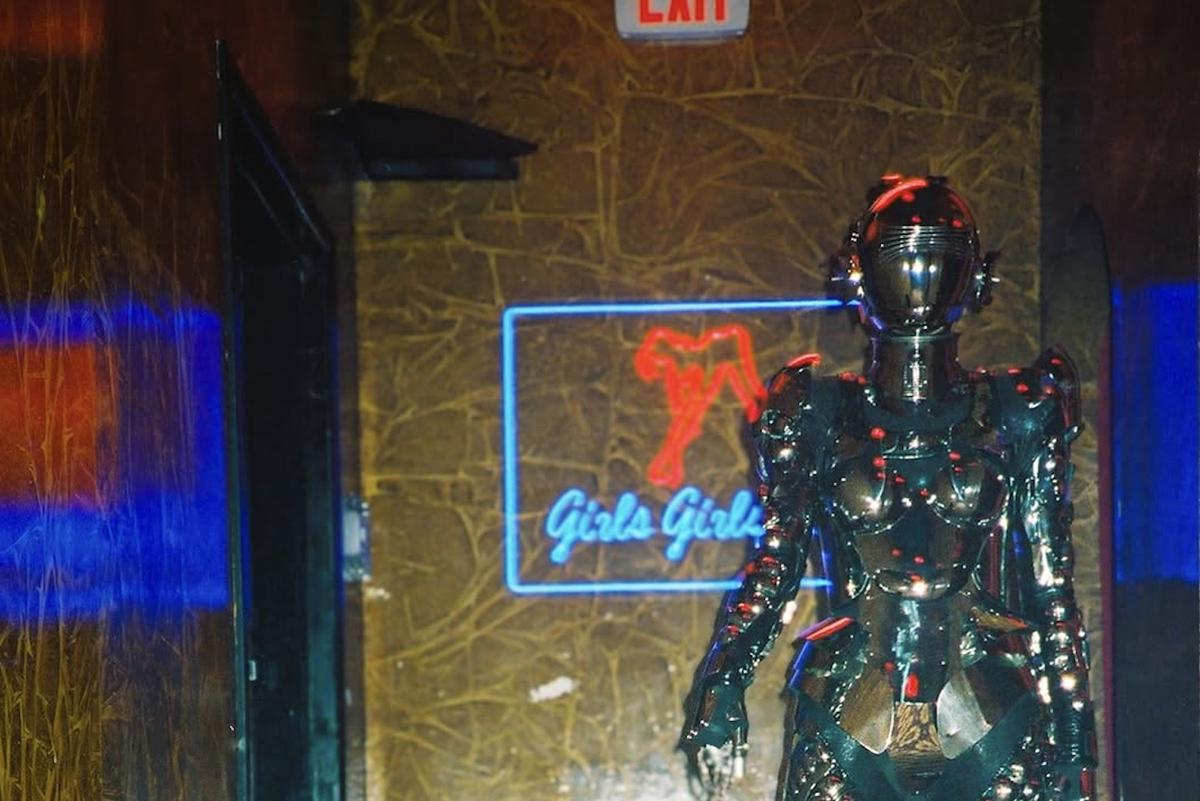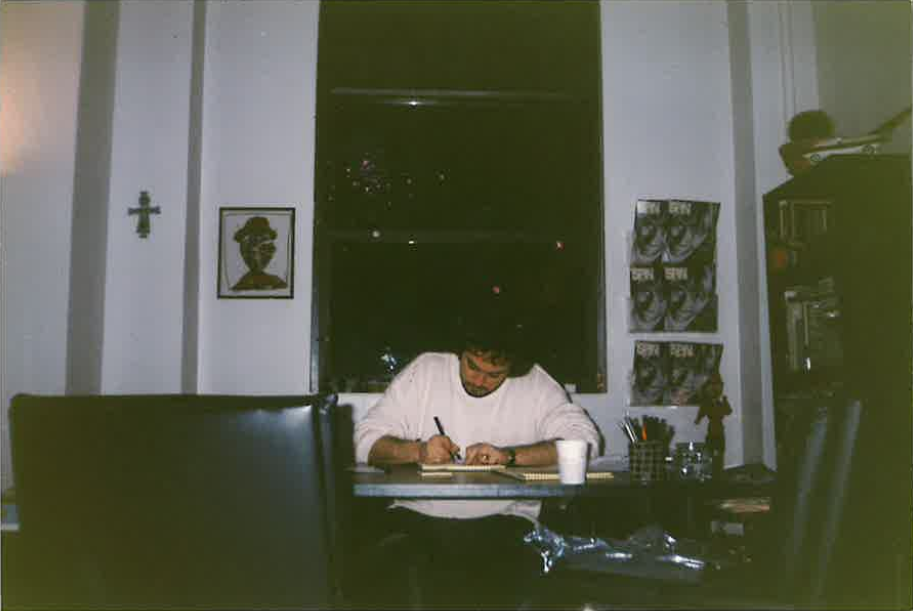2025 TCM Fest Celebrated Grand Illusions of Classic Cinema
“When you see them come down those stairs,” Herbert Marshall says at a climactic moment in The Enchanted Cottage, “whatever they do, whatever they say, act along with them. They don’t know it. But they’re playing a part.” John Cromwell’s 1945 romance tells the story of a disfigured war veteran who falls in love with […] The post 2025 TCM Fest Celebrated Grand Illusions of Classic Cinema first appeared on The Film Stage.


“When you see them come down those stairs,” Herbert Marshall says at a climactic moment in The Enchanted Cottage, “whatever they do, whatever they say, act along with them. They don’t know it. But they’re playing a part.”
John Cromwell’s 1945 romance tells the story of a disfigured war veteran who falls in love with a––to use the film’s terminology––“homely” young woman. What starts as a courtship for companionship blossoms into true love, and the magic of the cottage makes each more beautiful, if only to one another.
The theme of the festival this year was “Grand Illusions: Fantastic Worlds on Film.” The Enchanted Cottage, an expression of the beauty we all see in those we love, provides precisely a template through which to consider it. While “fantastic worlds” might suggest sci-fi and fantasy (and fear not, the weekend provided plenty, from The Empire Strikes Back to Blithe Spirit), so much of classic cinema engages with a level of obvious fantasy. Those grand illusions. What may seem distancing––the heightened acting styles, the swelling music, the velvety dialogue, the ostentatious colors and sharp lighting––are precisely the things that open the film up to you. That invite you to act along with them, to play your part.

Gunfight at the O.K. Corral (1957)
There are genres––typically masculine ones like the western and film noir––where this exchange is more easily received for contemporary audiences. On Saturday night, the TCM Film Festival showed a special archival VistaVision print Gunfight at the O.K. Corral, one of Hollywood’s many exaggerated tellings of Wyatt Earp and Doc Holliday’s legendary showdown with some cattle thieves. It’s got the usual traits––clever wordplay, clean clothes, white teeth––that distinguish it from the way the West was, but something about its violence convinces an audience of its credulity. The Mark of Zorro and Ben-Hur––which played in a new restoration by The Film Foundation and Warner Bros.––perhaps find continued purchase for much the same reason.
More daunting, perhaps, to absorb is something like Lili, which the festival screened on a beautiful 35mm print. A smash hit in 1953, it has been virtually forgotten, perhaps because a musical with only one real song about a man in his 30s using puppets to seduce a 16-year-old girl now seems a bit nauseating. But it is precisely this distancing I’m discussing that the film engages with. Lili (Leslie Caron, Oscar-nominated for her role) is coming out of girlhood and approaching adulthood; the puppets are the childish avenue by which she can contend as equals with the adults who intimidate her. She too sees struggles with the artifice, at one point dreaming of dancing with the puppets she speaks to while searching for the truth behind it.

Lili (1953)
Artifice is often synonymous with a sense of deceit and at odds with the truth; what it really does, when employed empathetically, is allow artists to reckon with subject matter that could become too confrontational. Consider 1954’s Brigadoon, which played on 35mm with background dancers George Chakiris and Barrie Chase in-person to discuss it. Two hunters get lost and accidentally discover a magical Scottish village that appears for only one day every 100 years. Gene falls in love with a local played by Cyd Charisse. There’s spectacular dancing, until, inevitably, the village must vanish again. Pure escapism? Or, coming on the heels of World War II, is it about men who visit far-off lands and experience something they cannot relate to anyone else back home, that completely changes their perception and understanding of how big the world is? Might its fantasy churn up their own feelings of the women they fell for while serving abroad, who are now so apart from their daily lives they might as well have vanished? Or is it simply synonymous with the motion picture itself, a vision of a wonderful world that has to conclude?
Oklahoma! (playing on the restoration TCM Fest premiered in 2014) presents perhaps a greater dare. The musical, based on the Rodgers and Hammerstein hit show, depicts two young women torn between four young men (that’s two apiece, mind). It presents, on the surface, a pleasant depiction of southwest charm set on the eve of Oklahoma’s induction as the 46th United State––there are obvious right fits for each girl, a town dance, an auction for the schoolhouse, and songs about how pleasant and lovely everything is. Yet… something seemed to be hanging around, beneath the surface. Strange intimacies. Surprise skinny-dipping. And when the girls get alone, they can only talk about boys; not because they fail the Bechdel test, but because, well, look around. What else is there to do?

Oklahoma! (1955)
And just as I think I’m reading too much into this, Laurey sniffs some opium and sees a version of herself in the distance before being thrown into a dream ballet that depicts precisely this pull between upstanding values and sordid sexuality. All of the pleasantries she presents on the outside, and which the film presents along with her, are but a way of making palatable everything broiling inside her. The film’s presentation of this both heightens the beauty of this presentation––the landscape is immaculate, the sun is bright as can be, the colors are beaming, and I swear I saw light reflect off one of Curly’s teeth when he smiled––while using it as a contrast to everything we come to understand about Laurey’s repression and fear. This fear, it turns out, is not unwarranted––it’s a bad society for young women.
Whatever one’s engagement with these illusions, the TCM Classic Film Festival, as always, provided the finest presentation one could hope for, including two VistaVision prints playing on the only working VistaVision projectors in the nation. Before Gunfight at the O.K. Corral, we were also treated to a special VistaVision print of the trailer for Paul Thomas Anderson’s One Battle After Another. Having previously seen that trailer in digital 1.43:1 IMAX a few stories high, I thought I’d had it as good as it gets. Far from it, it turns out. There are still fantastic worlds yet to come.
The post 2025 TCM Fest Celebrated Grand Illusions of Classic Cinema first appeared on The Film Stage.




![‘Dead by Daylight: Steady Pulse’ Now Available; New “Overgrowth” Content [Trailer]](https://i0.wp.com/bloody-disgusting.com/wp-content/uploads/2025/05/dbdsteady.jpg?fit=900%2C580&ssl=1)

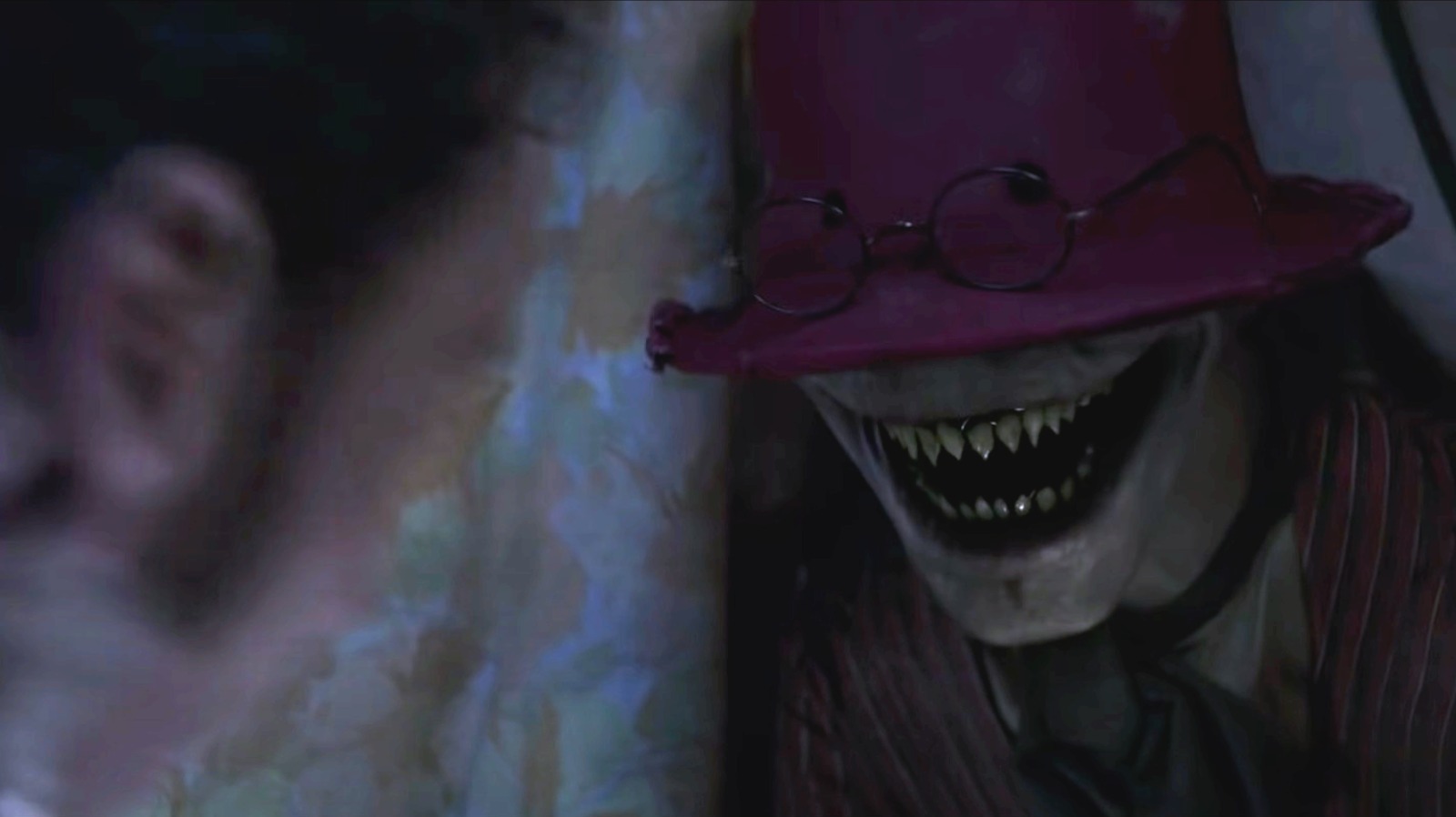
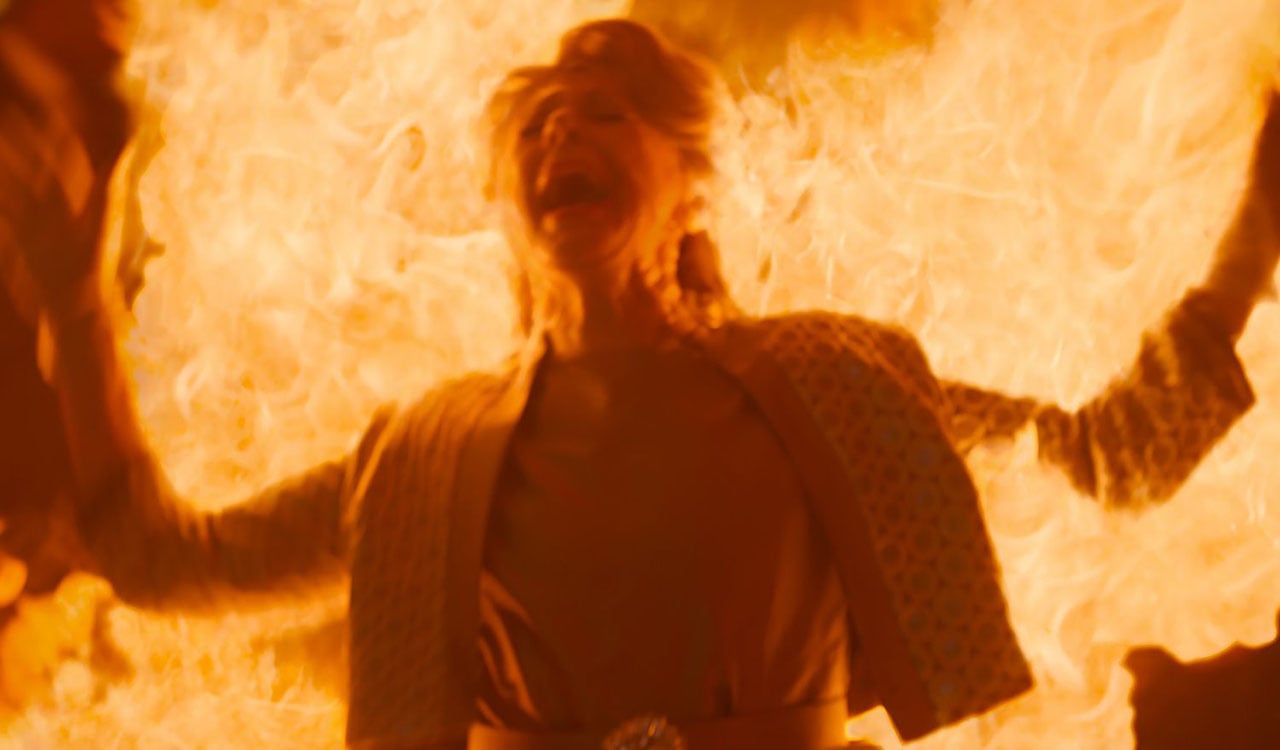












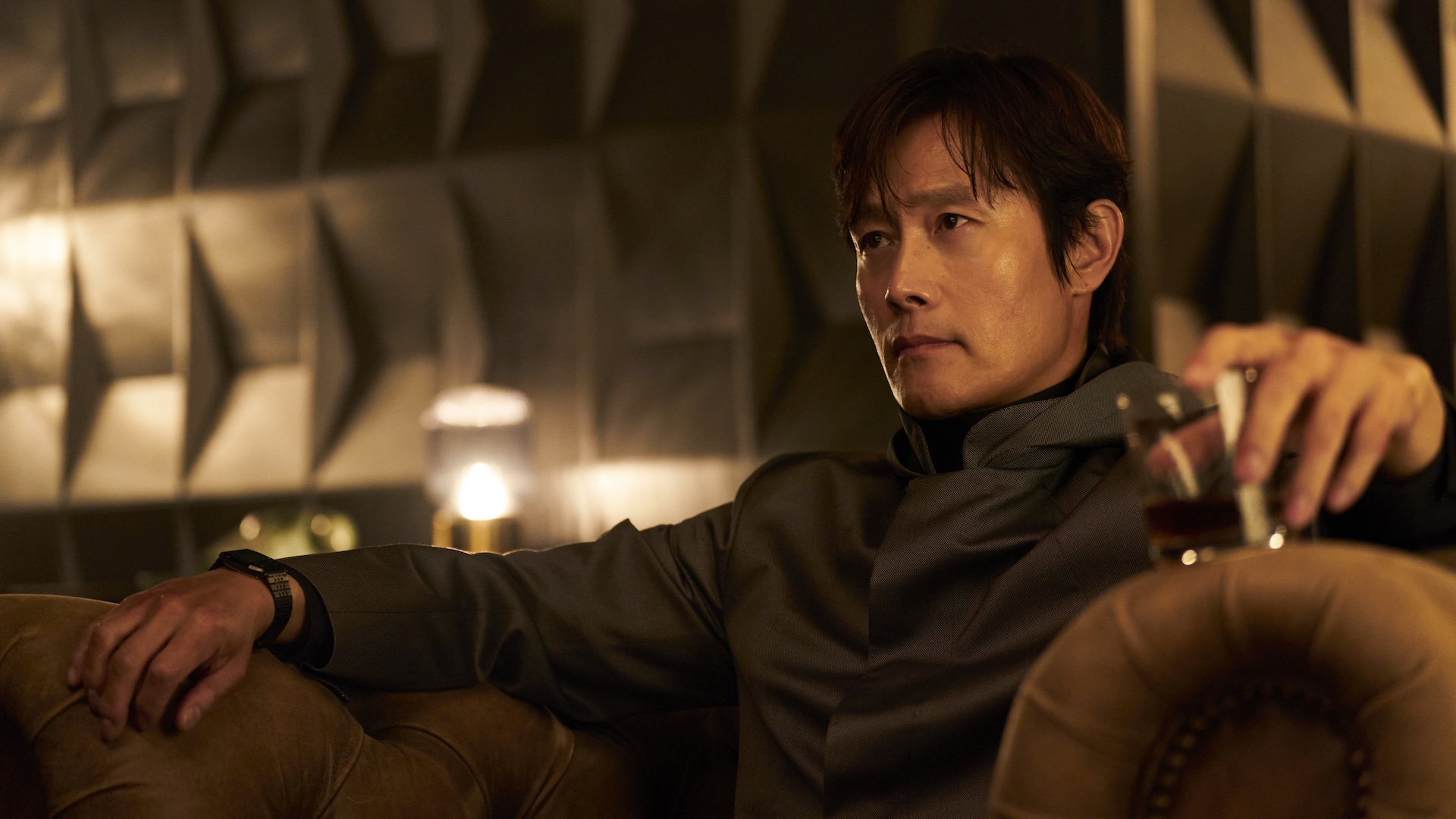



















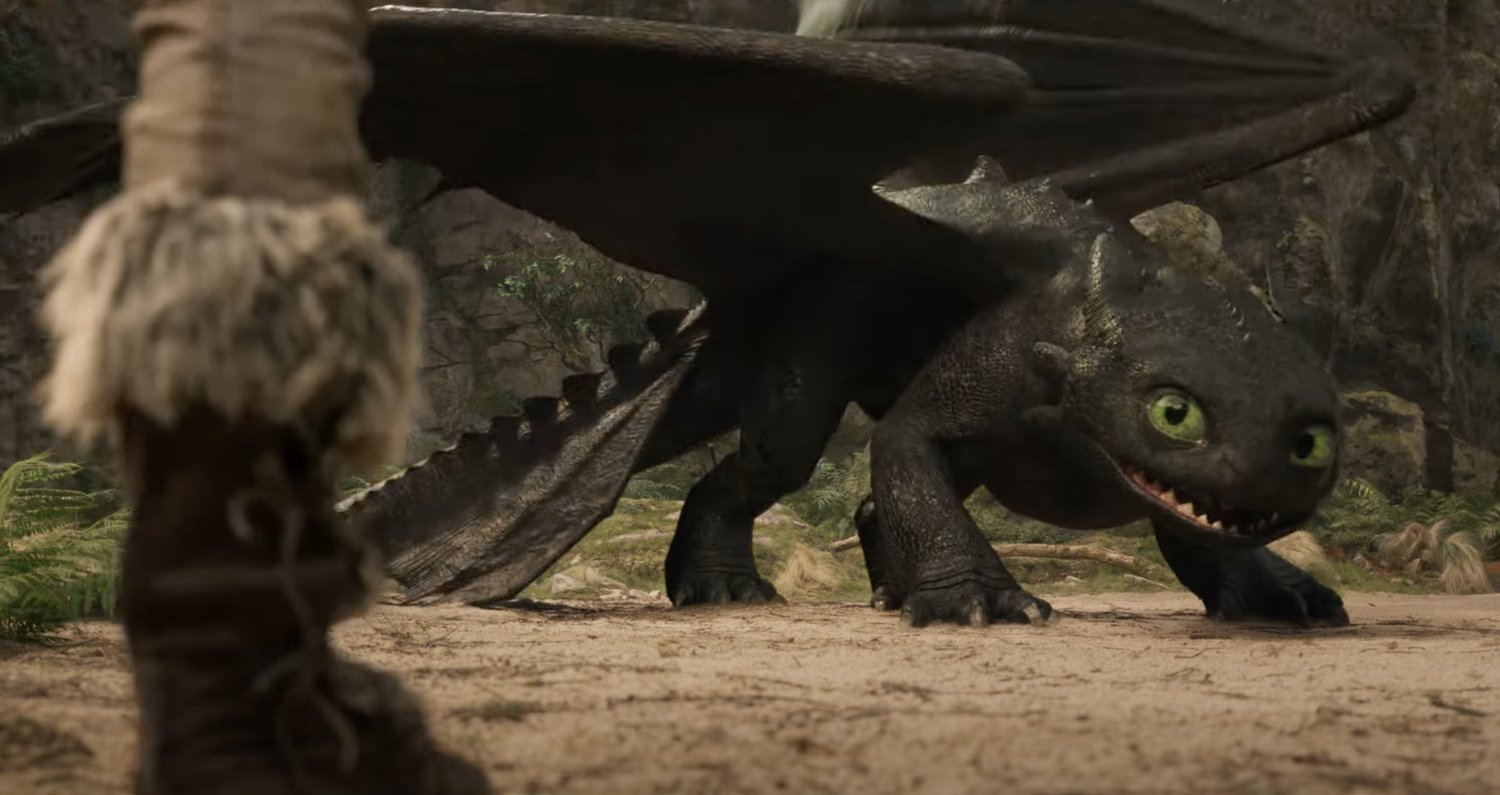

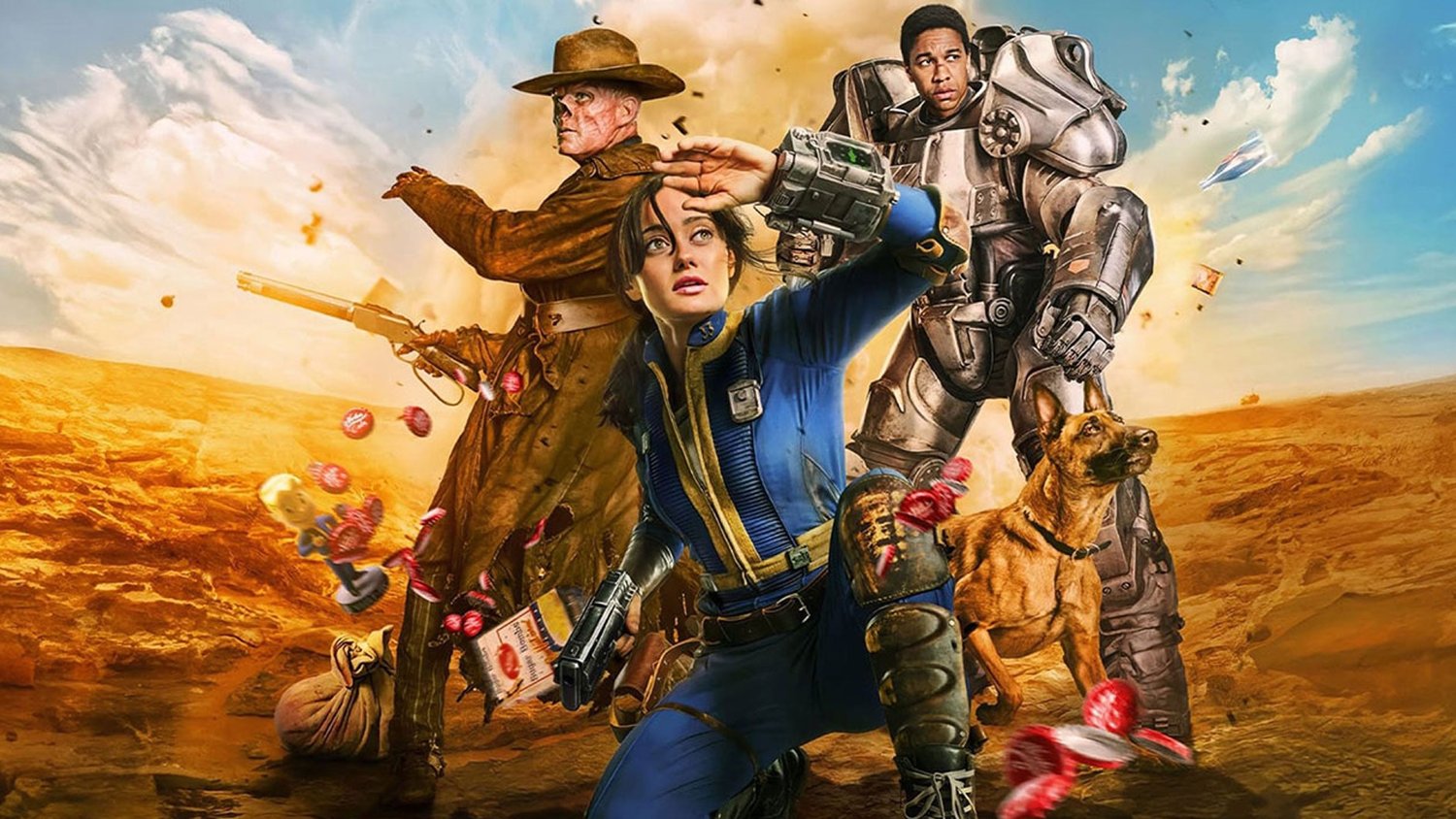










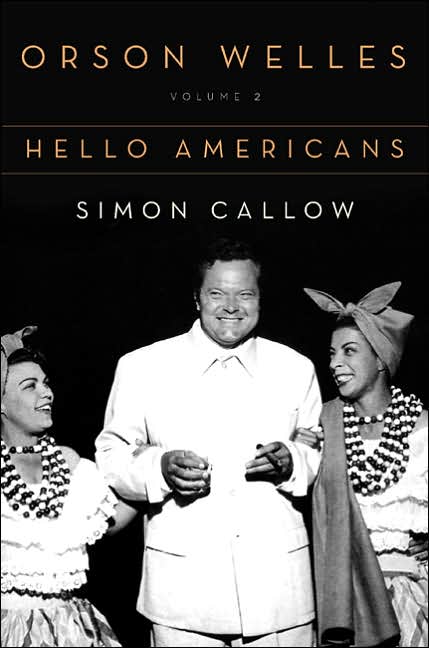



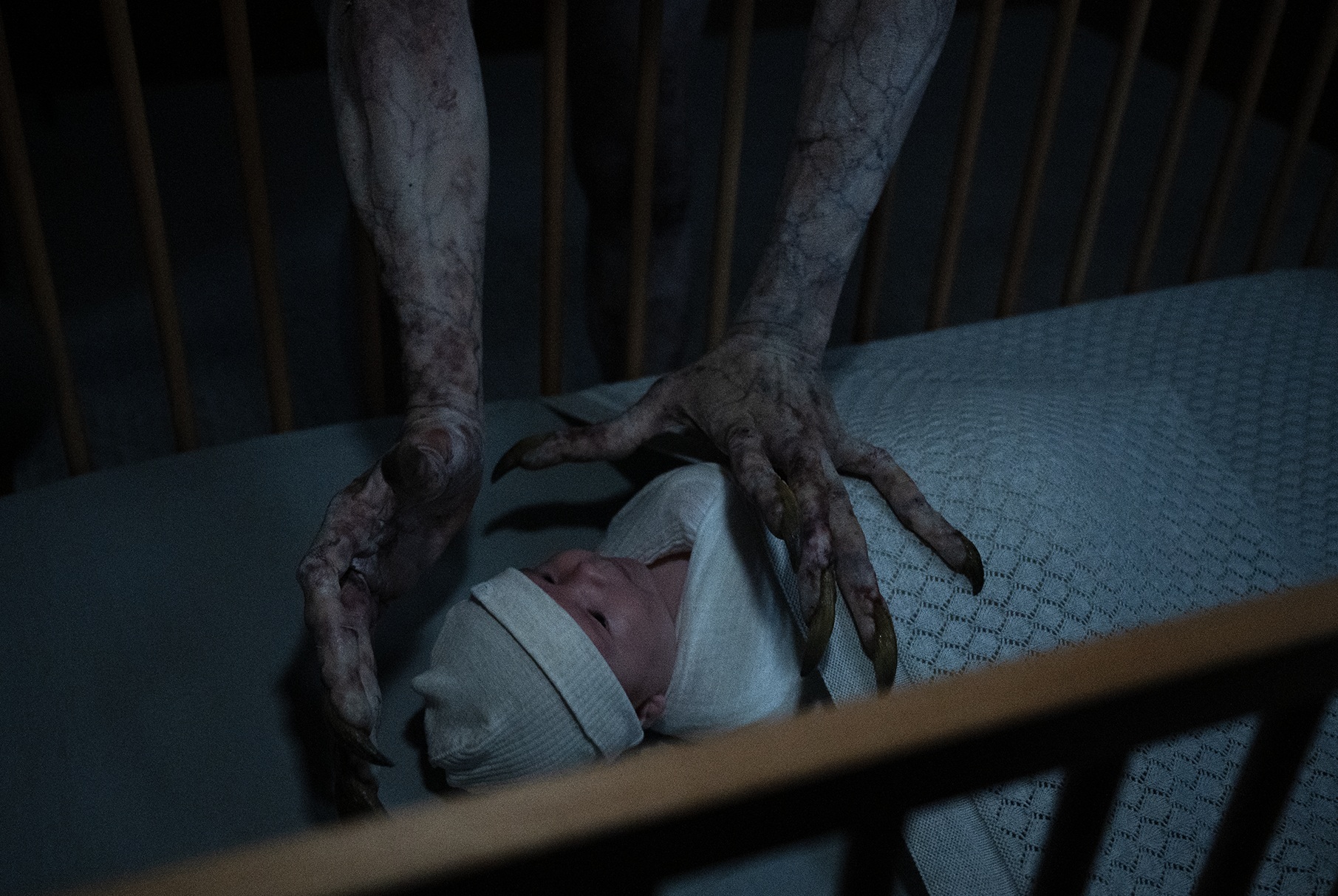

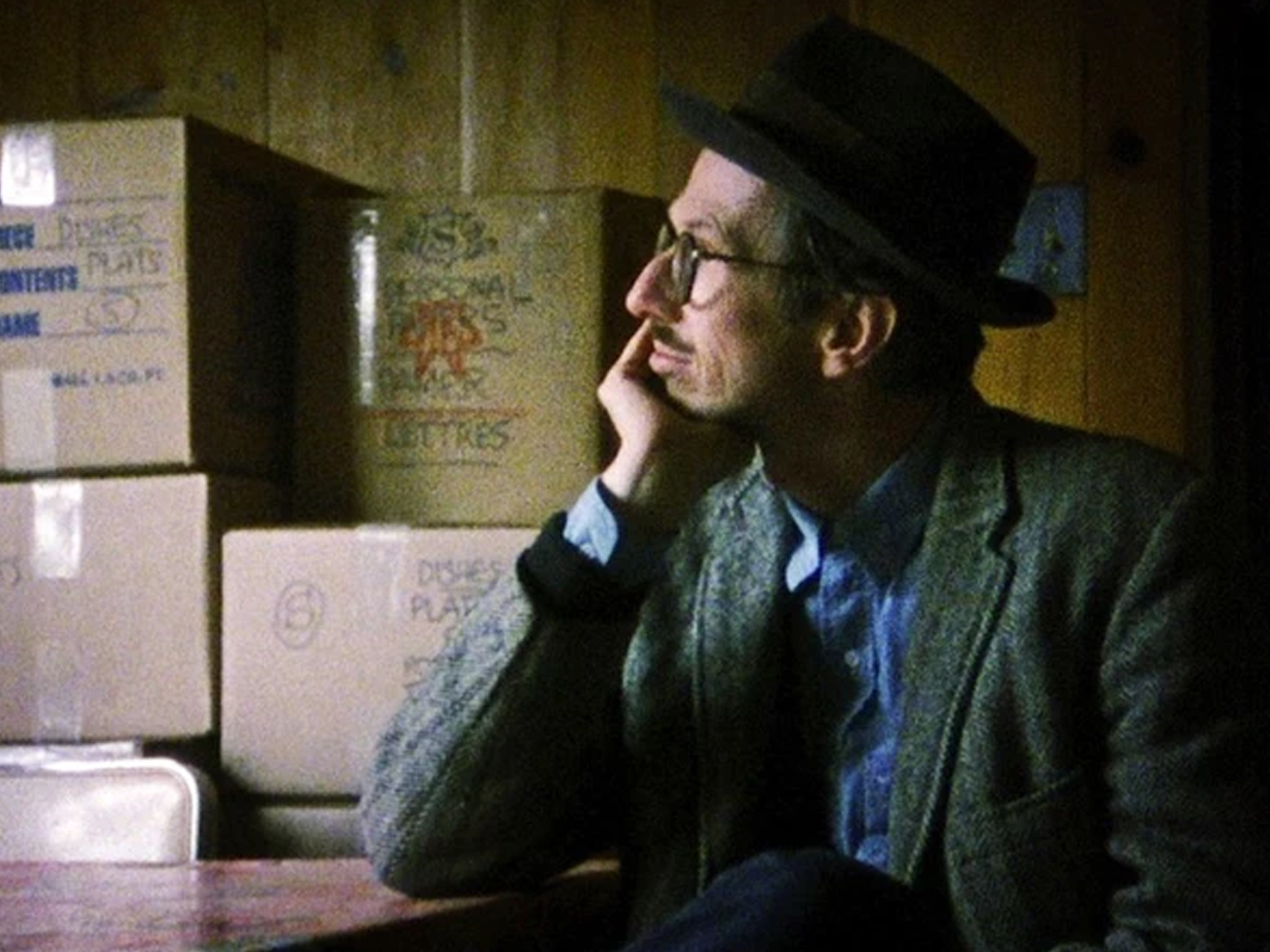











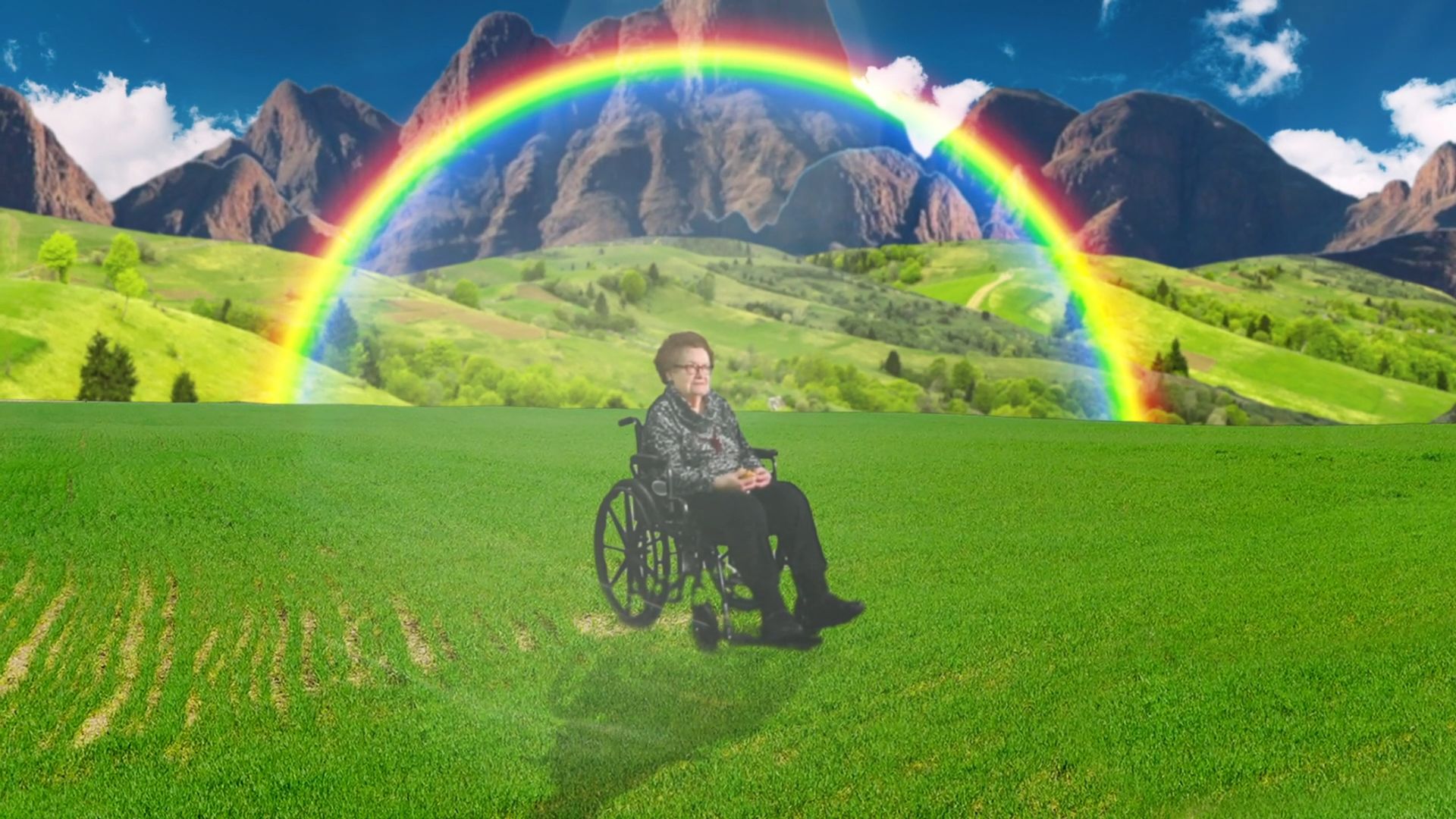
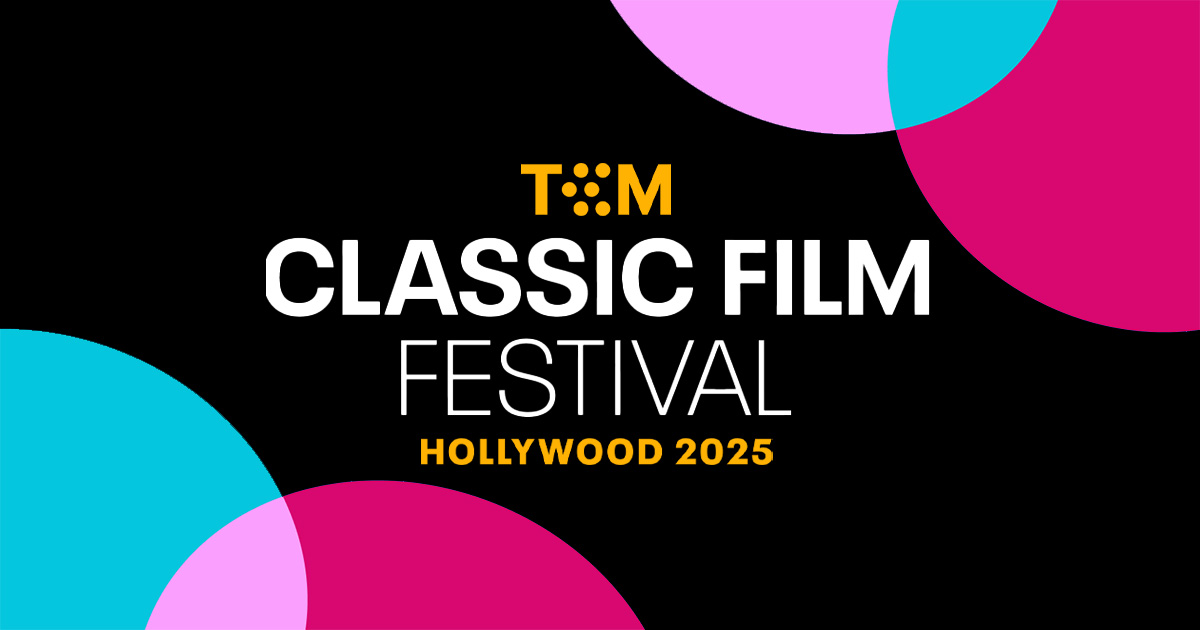
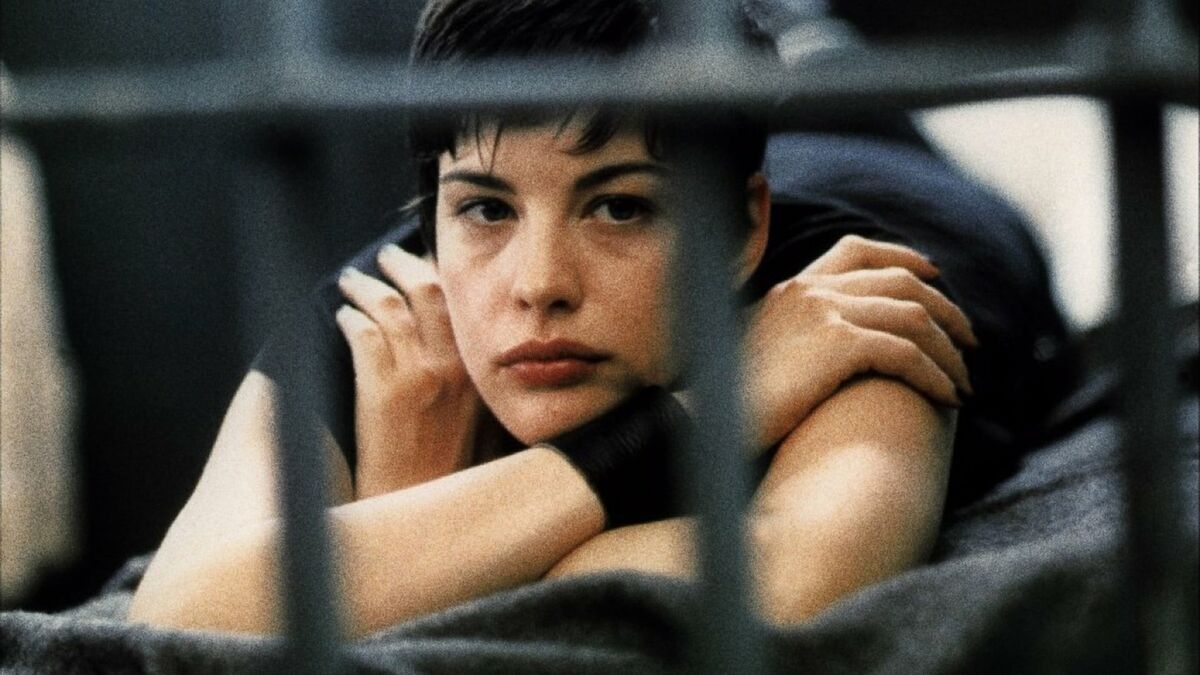
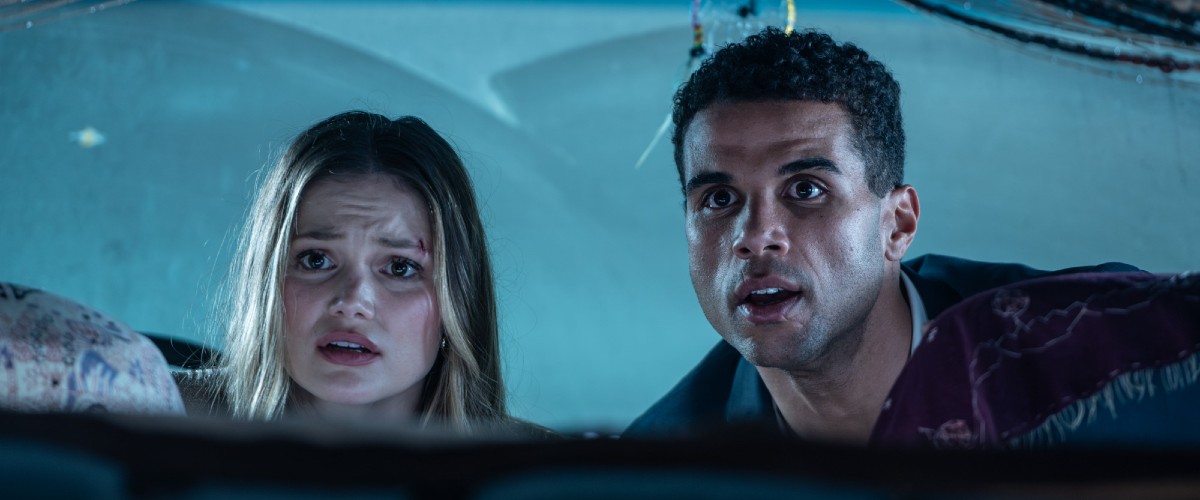




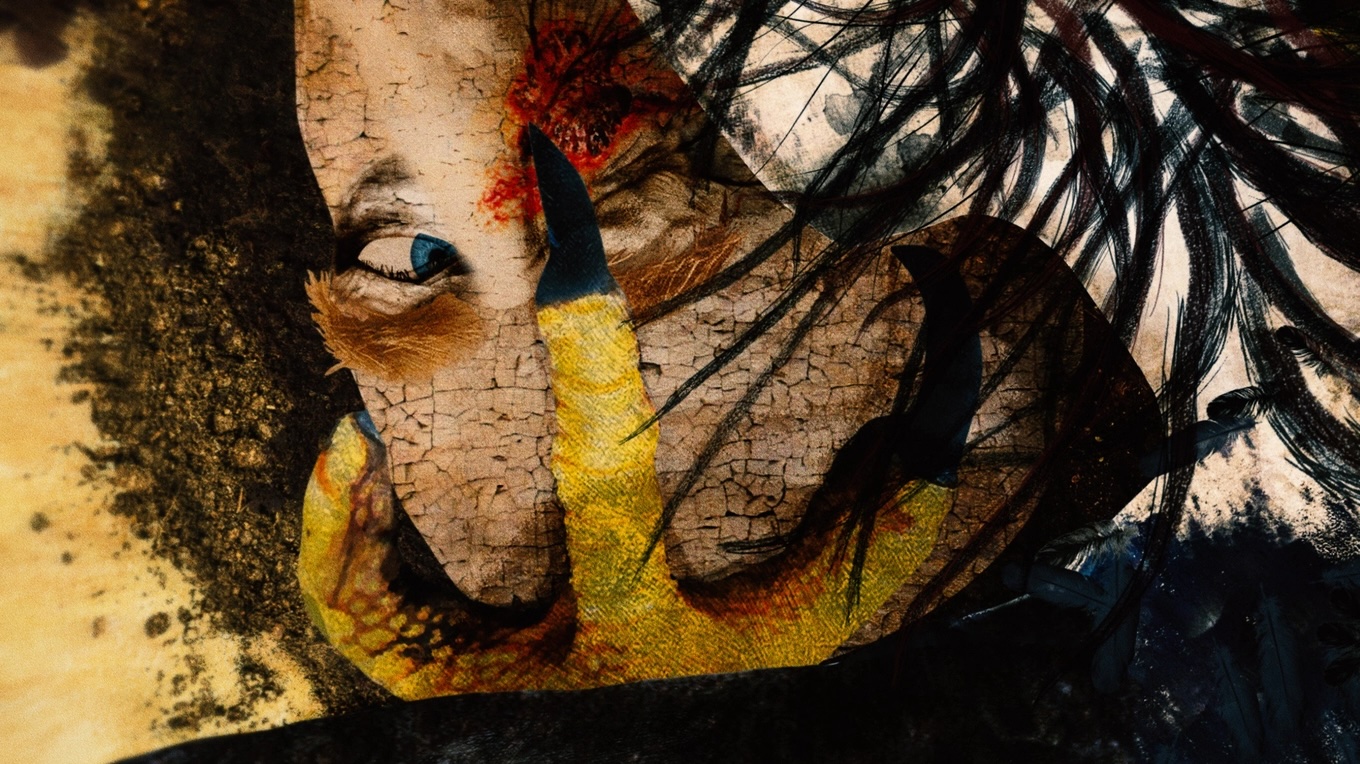
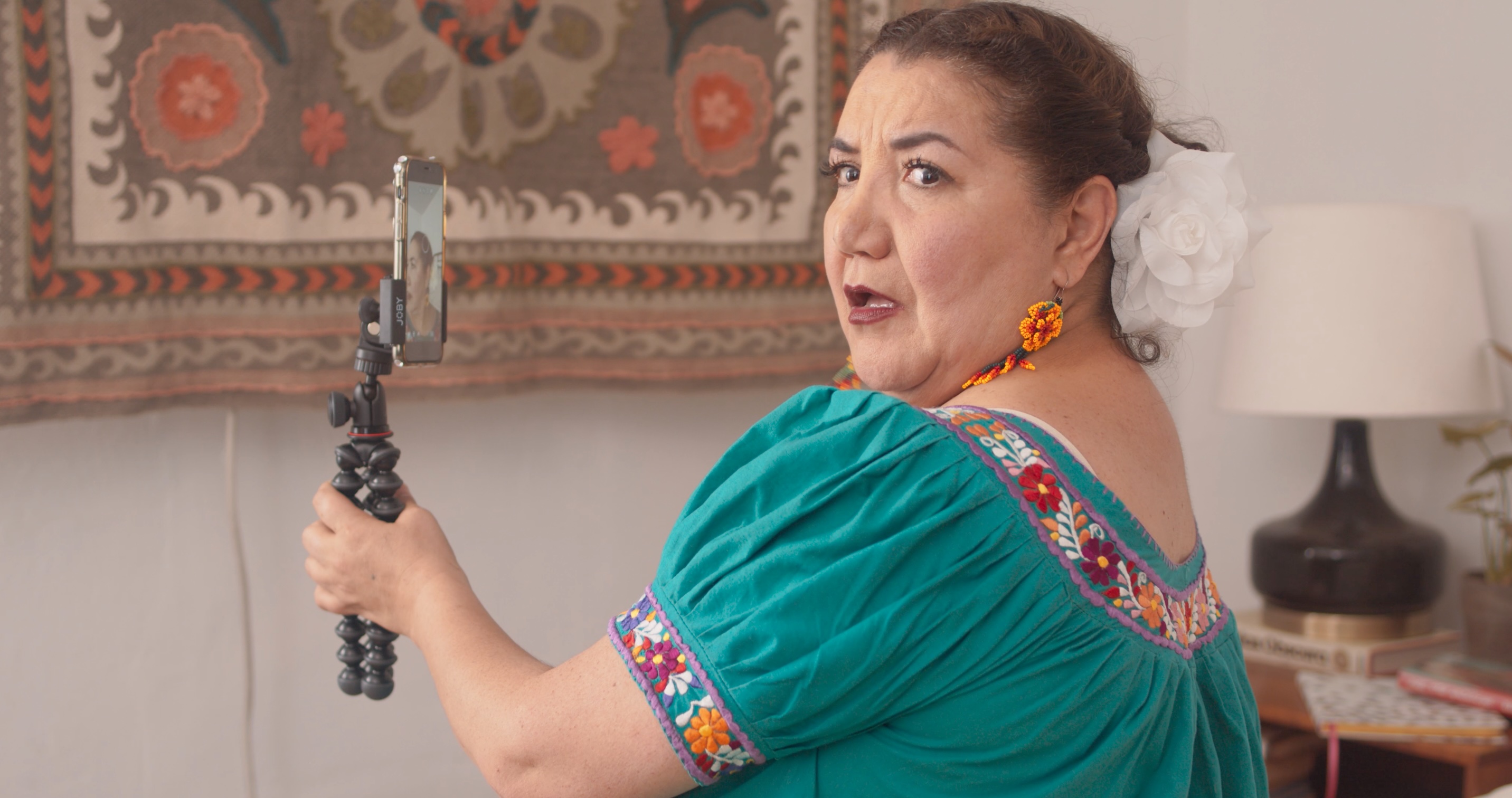


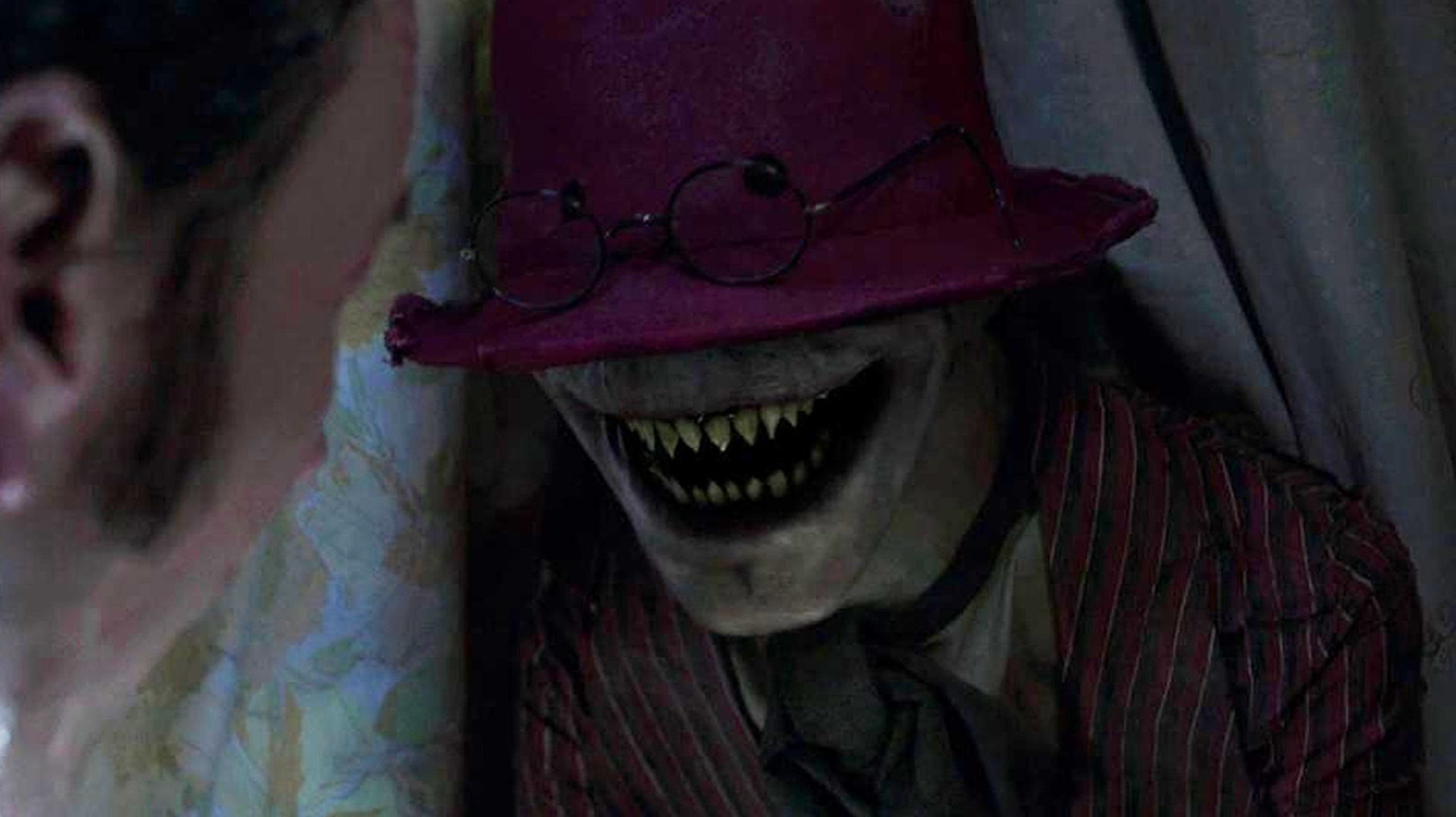
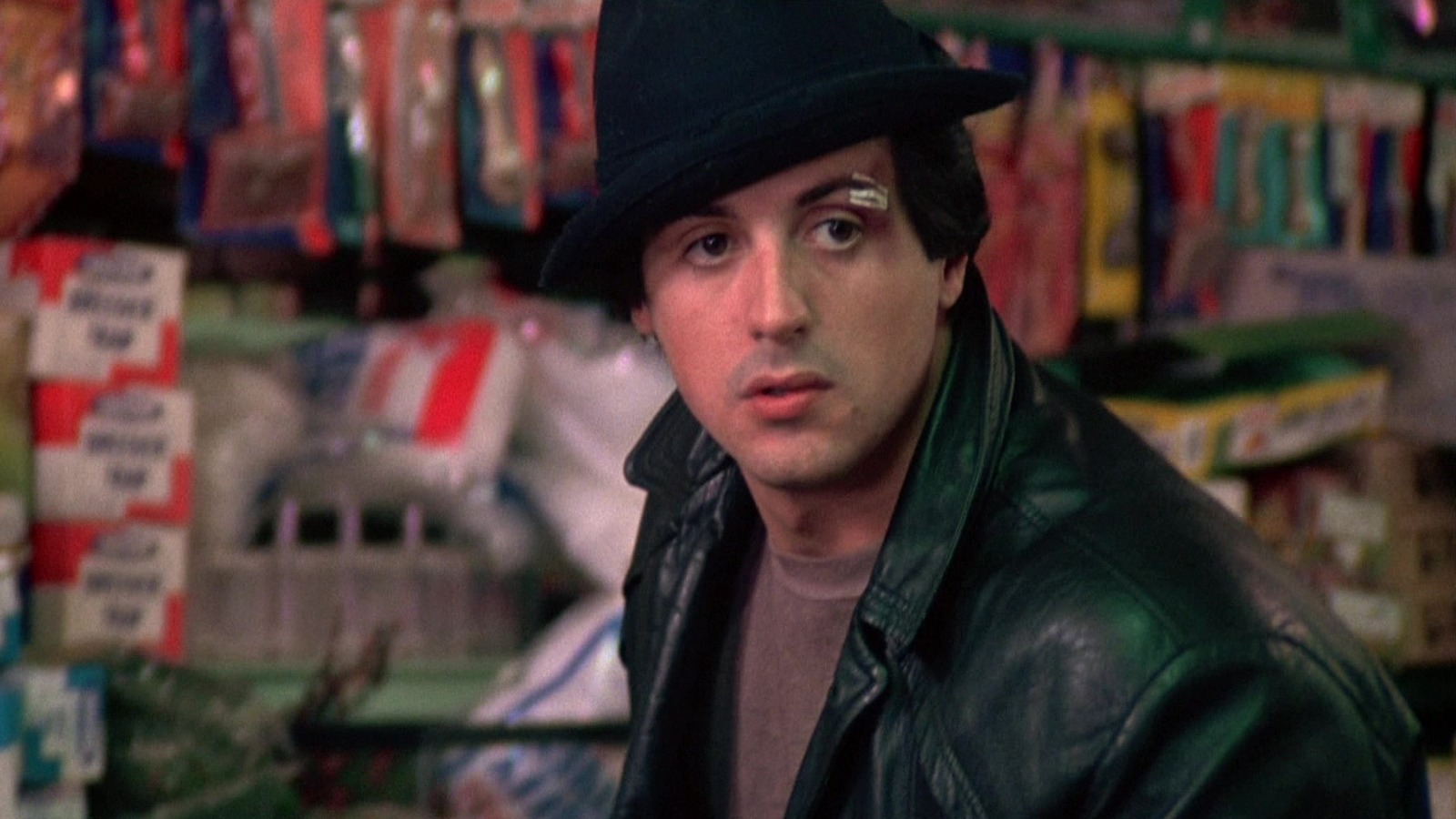
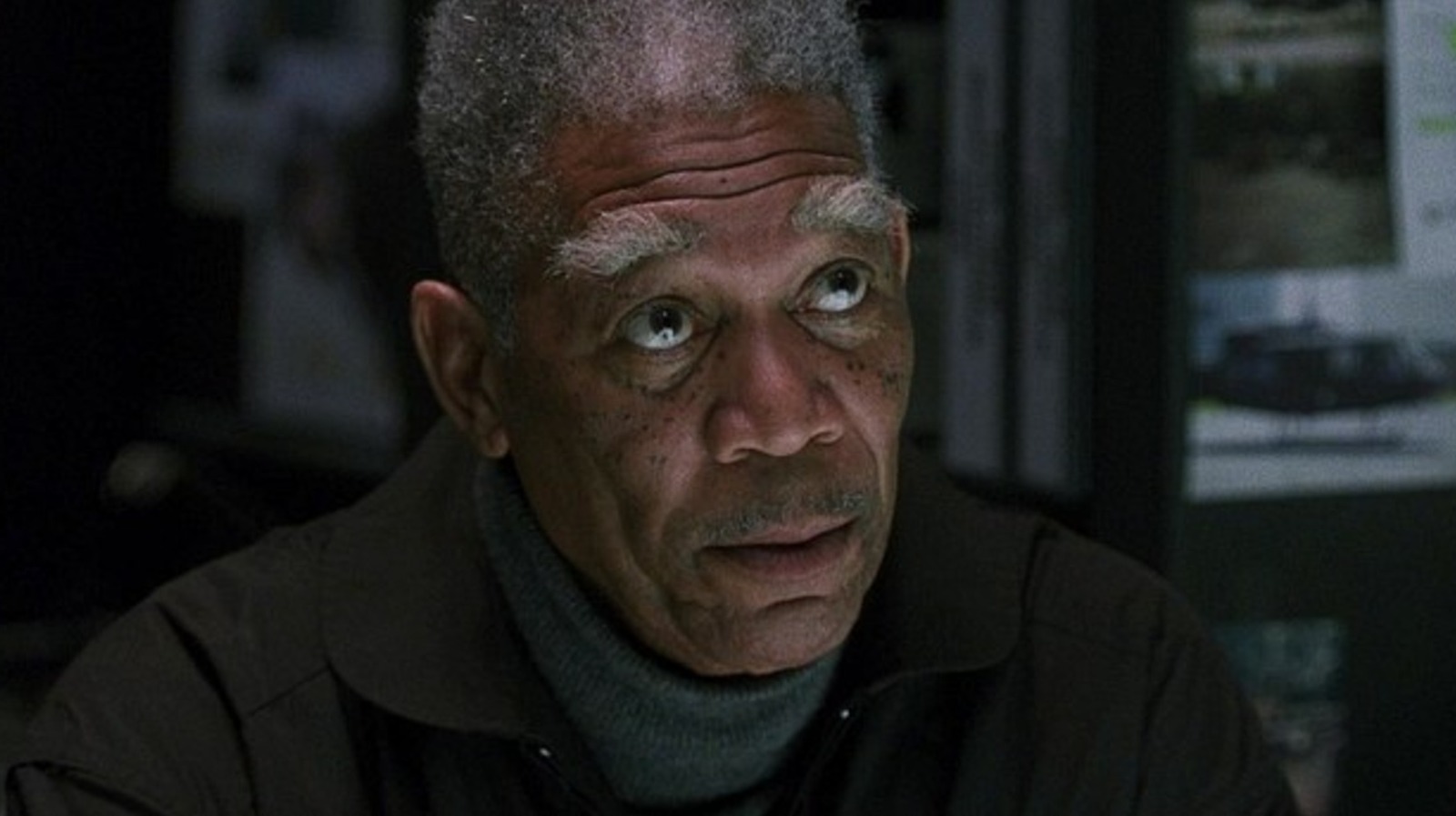











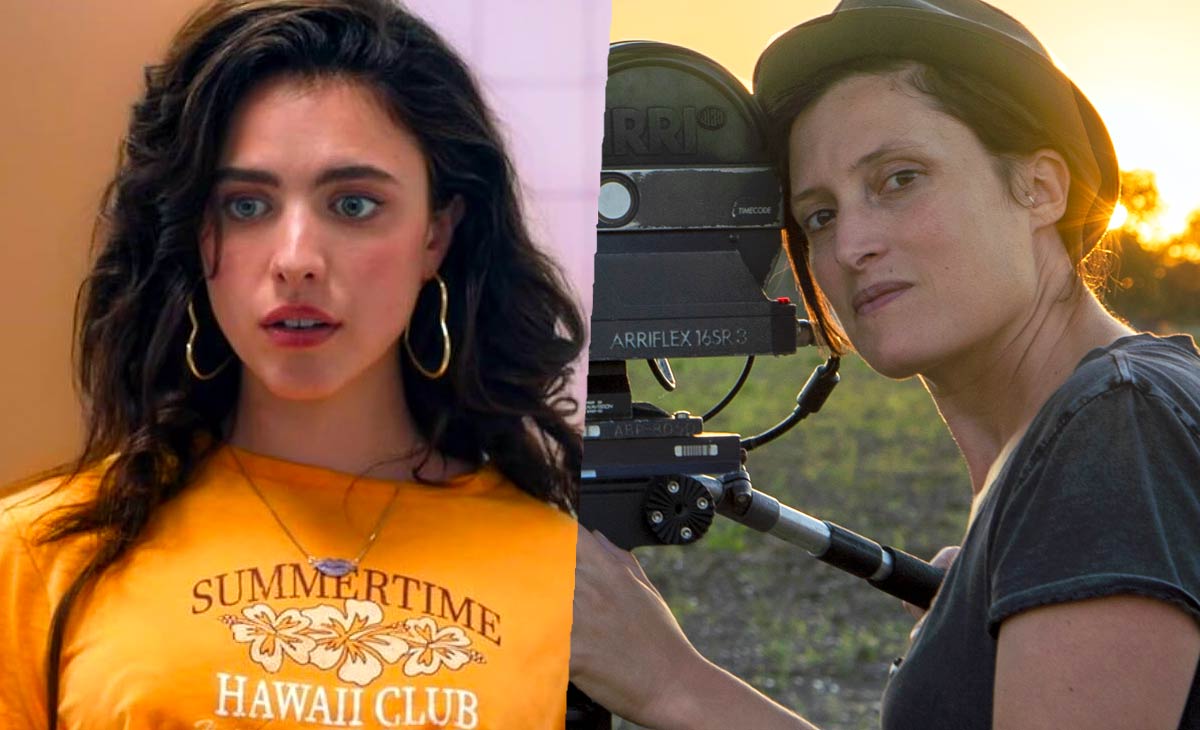
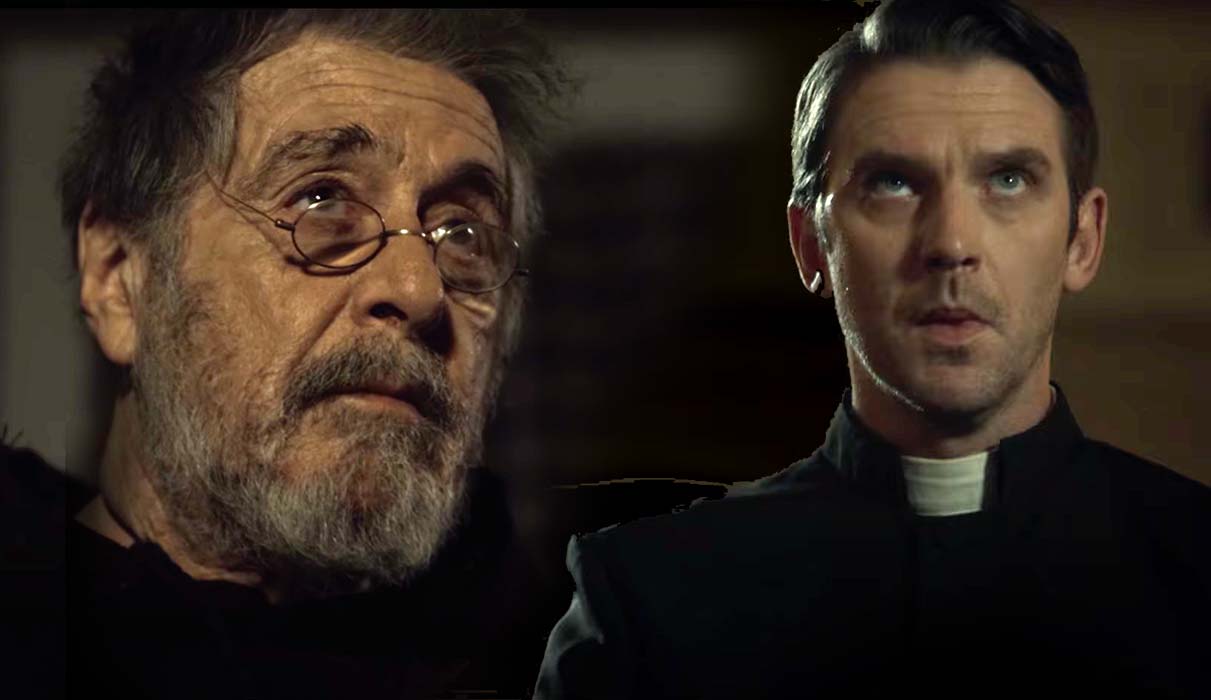

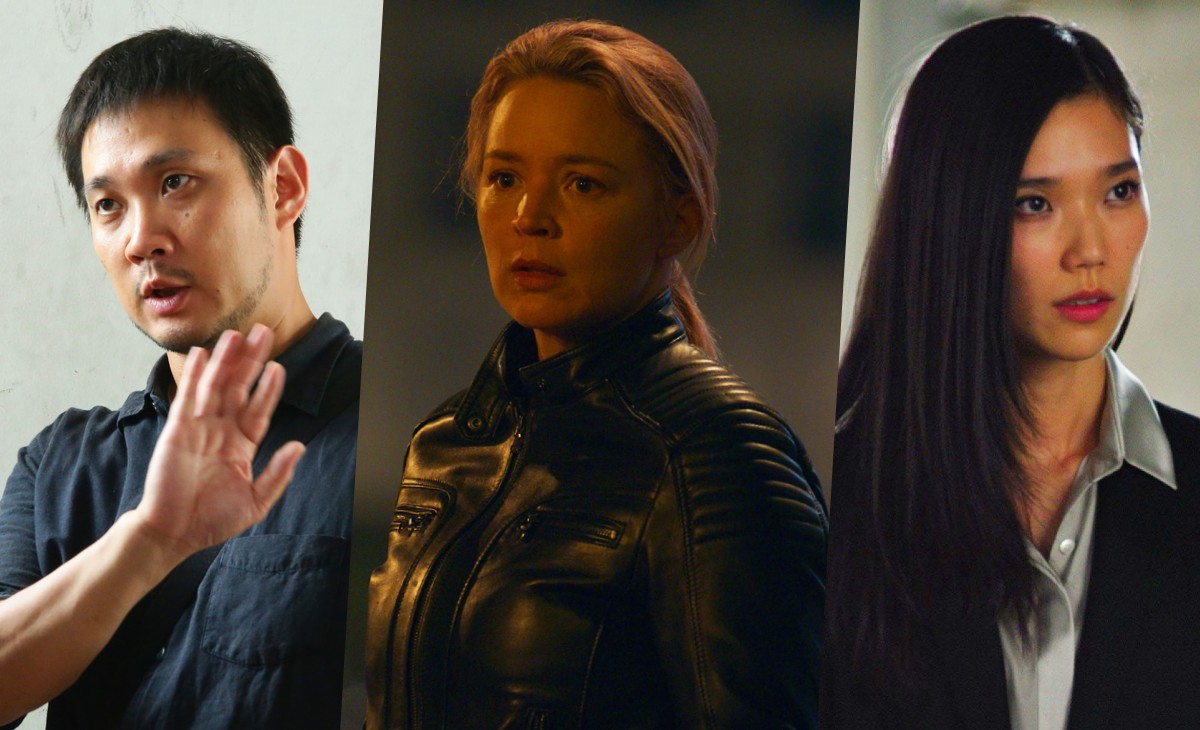




















































































































































































.jpg?width=1920&height=1920&fit=bounds&quality=70&format=jpg&auto=webp#)























































